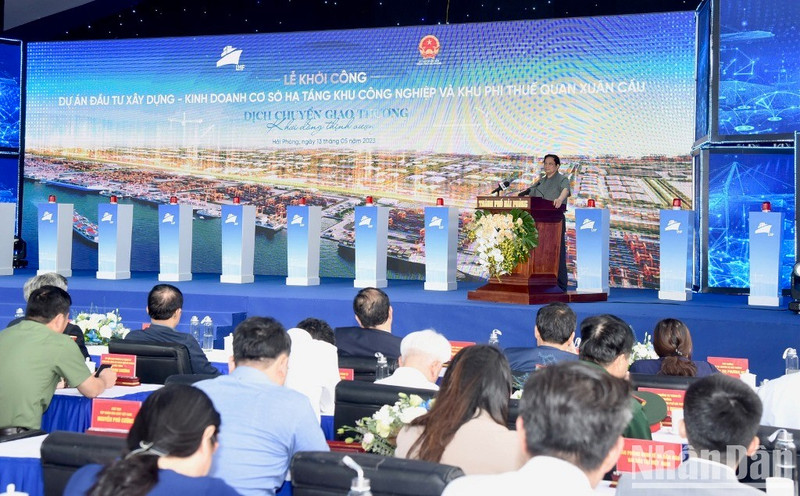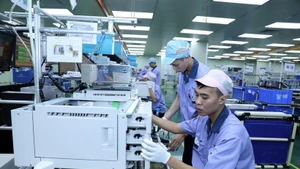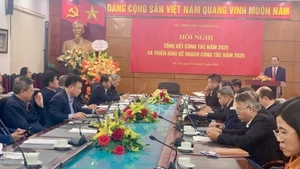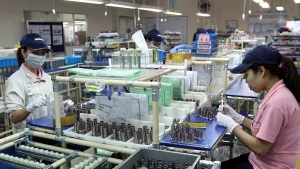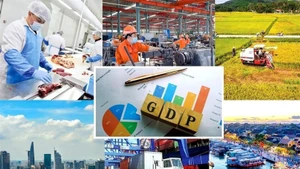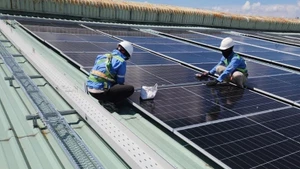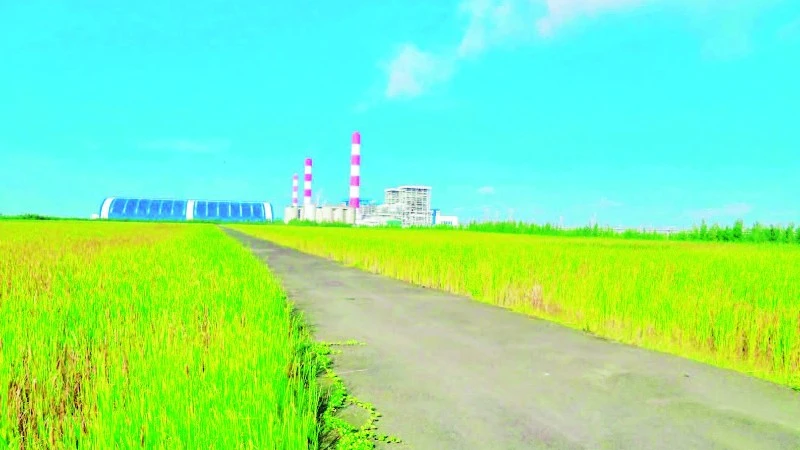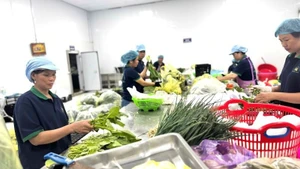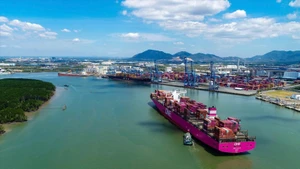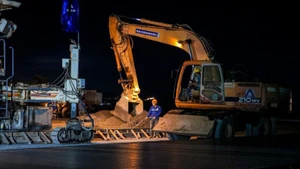Prime Minister Pham Minh Chinh made the request while addressing the ground-breaking ceremony of the Xuan Cau Industrial Park and Non-Tariff Zone project in the Dinh Vu - Cat Hai Economic Zone on May 13.
Covering 752ha, the Xuan Cau Industrial Park and Non-Tariff Zone are invested with 11.1 trillion VND (473.1 million USD) in total by the Xuan Cau - Lach Huyen Investment JSC.
The project is expected to have its first phase completed in 2025, the second phase in 2030, and the third in 2033. Once operational, it is set to attract about 40,000 - 50,000 workers.
Speaking at the ceremony, PM Chinh said developing socio-economic infrastructure, especially roads, seaports, industrial parks, and non-tariff zones, is one of the three strategic breakthroughs targeted by the Party and State, who have issued many resolutions, directives, mechanisms, and policies to promote them.
The Politburo also released a resolution on the development of the Red River Delta and another on Hai Phong city by 2030, with a vision to 2045, so as to strongly bolster the Hanoi - Hai Phong - Quang Ninh development triangle.
Among the Red River Delta localities, Hai Phong has received the biggest investment from the State, but its contributions to the country remain modest. Therefore, the city has to make breakthroughs to deserve that investment, as well as its position and role in the region and the country at large, the PM emphasised.
He expressed his hope for more large non-tariff zones and shopping centres in Vietnam with sufficient services for foreign visitors, especially in the current context when the global market is shrinking.
Earlier the same day, the Government leader and other officials inspected the construction of Terminals 3, 4, 5, and 6 of the Hai Phong International Gateway Port, a project of national importance.
The 9 trillion VND port, invested by the Hateco Group, had its construction started in July 2022 and is scheduled to be put into use in 2024.
Once completed, Terminals 5 and 6 will be capable of handling container vessels of 18,000 - 20,000 TEUs that run on the routes to North America and Europe. Meanwhile, Terminals 3 and 4 will be able to serve vessels of 160 TEUs.
